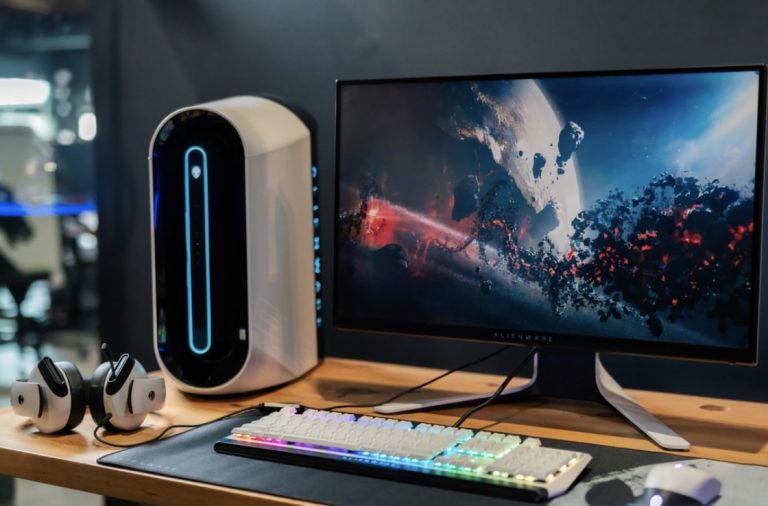Finding the best gaming monitor for your setup is not as hard as it seems. There may be many factors you’ll need to take into consideration, but with a little guidance, you can make a wise choice to best suit your needs. There are going to be hundreds of options that may seem attractive to you, but maybe they won’t match your consoles or the types of games you enjoy the most. You will have to combine features and prices to decide which monitor is the appropriate one for you (and your budget).
Here are some of the specs to look out for when choosing the best monitor for your gaming experience.
Story Stages
A higher refresh rate for gaming advantage
One of the first things you should look out for when buying a gaming monitor is the refresh rate it offers. This number, represented in hertz (Hz) will tell you how often the screen will display new information. Having a higher refresh rate means your image will give you the advantage in a game because your response time will be faster than others. Most gamers enjoy a refresh rate of 60Hz, however, more competitive gamers will prefer anything higher like 144Hz or 240Hz. AMD offers a technology called FreeSync which will adapt your games to OLED displays and allow for variable refresh rates. NVIDIA offers a similar technology called G-Sync that prevents screen tearing on gaming monitors.
A high-resolution image without sacrificing processing power
Another of the specs to look out for when buying a monitor for your gaming setup is the resolution. A higher resolution will give you a better frame per second, and consequently, a higher-quality image. A higher pixel count will usually be linked to higher resolutions. Resolutions can come in HDR, 1080p, Full HD (FHD), 1440p, 4K, OLED, and QLED. It’s important to be aware that even though most game consoles support 4K at least, not all their games will look 4K—not all games are optimized for 4K or any higher resolution. This can be achieved with monitors that pack a graphics card (or GPU) from brands like NVIDIA or AMD.
Accurate color space for crisp images
Next, you want to consider buying a gaming monitor that has bright colors and natural hues for a more realistic gaming experience. This is determined by the color space (or gamut) of the monitor. Some of the most used gamuts include sRGB, Adobe RGB, and DCI-P3.
A form factor that best suits your space and style
In addition, you should take into account the available space in your desk or gaming setup. Do you have enough space for a long monitor or stacked monitors for an exceptional gaming experience? This is called the form factor—or size—of your monitor. Some people prefer to stick to the traditional 16×9 flat monitors, while others enjoy curved or ultrawide monitors.
Competitive brands and prices
Lastly, you should peruse the reviews of gaming monitors on sites like HotSpawn or stores like Best Buy or Amazon to get a better understanding of what people really think of these monitors. You should also go to the stores and physically test out your preferred monitors to make sure you make the right purchase.
Also, be sure to compare prices and stay within your budget. Just because a gaming monitor is expensive or from a recognized brand, doesn’t mean it will be the best fit for you. You don’t want to splurge on a monitor that’s not compatible with your PC or consoles. Some popular gaming monitor brands include BenQ, LG, ASUS, Acer, Dell, Samsung, and ViewSonic.
Now that you have the tools to determine which gaming monitor is the best for you, it’s time to go out there and find your match.
